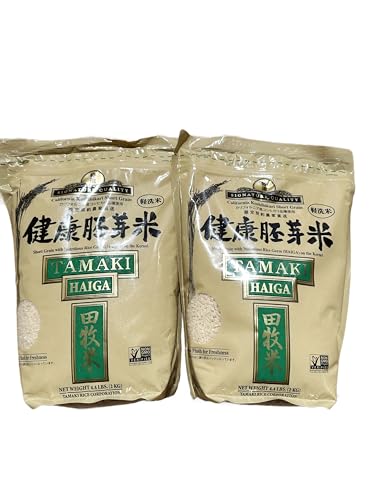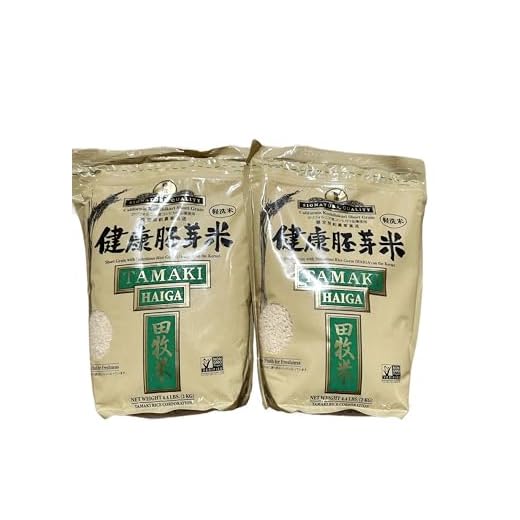

Transporting uncooked grains in your carry-on bag is generally allowed by most airlines and security regulations. However, ensure that these items are dry, properly packaged, and meet the weight requirements set by your airline.
Pre-packaged options, such as commercially sealed bags, tend to raise fewer questions during security checks. It’s advisable to avoid any exotic or specialty types that might attract extra scrutiny. Keeping your items visible and organized will aid in a smooth screening process.
Regulations can differ based on your destination. It’s crucial to verify the specific import restrictions of the country you are flying to, as certain locations have stringent rules regarding agricultural products. Always check the local customs guidelines before your trip.
Regulations for Transporting Grain in Cabin Baggage
Transporting uncooked grains is typically permitted in cabin baggage provided the weight and size restrictions imposed by airlines are adhered to. Ensure the quantity aligns with the airline’s allowances, often up to 7 kg or 10 kg for economy class.
It is advisable to store the product in a sealed container to prevent spillage and facilitate inspections at security checkpoints. Clear labeling can expedite the process and reduce misunderstandings.
Different countries have their own regulations regarding the importation of agricultural products. Consult the customs regulations of your destination to avoid potential fines or confiscation at the border.
When flying domestically, the majority of airlines allow for this kind of food product without restrictions. However, international travel may require additional scrutiny, so check specific airline policies as well as regulations in the country you are visiting.
In summary, while transporting this staple is generally allowed, adhering to appropriate guidelines and regulations can help ensure a smooth travel experience.
Understanding Airline Regulations on Food Items

Check the specific guidelines of the airline before traveling, as they may vary significantly between carriers. Generally, solid food entries are more permissible than liquids or semi-liquids due to security restrictions. Most airlines permit unprocessed grains, but certain conditions might apply regarding quantity and packaging.
Be aware of restrictions associated with international flights. Customs regulations in some countries limit or prohibit the import of specific food products, including various grains. Research the destination’s agricultural import laws to avoid fines or confiscation.
For domestic flights, regulations are often less stringent, but it’s still advisable to verify with the airline regarding their policies on packaged goods. Consider placing items in clear, resealable bags to facilitate screening at security checkpoints.
If traveling with unique or culturally significant culinary items, ensure they comply with local laws to prevent potential issues upon arrival. Communicating with airline representatives can provide clarity on acceptable food items.
Lastly, when in doubt, err on the side of caution and opt for commercially packaged goods, as they tend to meet regulatory criteria more easily. This approach minimizes the risk of encountering unforeseen issues during your trip.
Different Types of Rice and Their Carry-On Policies
Long-grain varieties, such as Basmati and Jasmine, are typically permissible for transport. Pack them in a resealable bag to ensure compliance with airport security.
Short-grain types, like Arborio, used for risottos, also generally pass through without issues. Consider keeping them in clear containers for easier inspection.
Brown rice might face scrutiny due to its unrefined nature. Check regulations with your specific carrier to avoid complications at security checkpoints.
Specialty rice, including varieties like sushi rice, may require additional verification, particularly if packaged with sauces or seasonings. Verify airline guidelines to ensure smooth travel.
For those interested in optimal home cleaning solutions, the best pressure washer for personal use can facilitate maintaining hygiene in your kitchen before storing food items for travel.
Packaging Grains for Air Travel: Best Practices

For optimal transport, use airtight containers that prevent spillage and odors. Resealable bags are practical for smaller amounts; however, ensure they are robust enough to withstand handling. Aim for containers made of lightweight materials to avoid added weight on your travels.
Labeling and Documentation
Clearly label each container with its contents. If traveling internationally, include documentation for any specialty items, such as origin or health checks, where applicable. This aids in compliance with customs regulations.
Weight Considerations
Check the maximum weight allowances for carry-on items defined by the airline. Packing grains in bulk may seem economical, but it might exceed limits if not properly managed. Divide larger bags into smaller personal portions that fit within weight constraints.
| Container Type | Advantages | Disadvantages |
|---|---|---|
| Airtight Plastic Containers | Leak-proof, reusable | Heavier than bags |
| Resealable Bags | Lightweight, space-saving | Less durable |
| Glass Jars | Hermetic seal, environmentally friendly | Heavy and fragile |
By utilizing effective packaging techniques and adhering to airline specifications, transporting these staples during air travel remains feasible and efficient.
Customs Regulations for Bringing Rice Internationally
Prior to international travel, familiarize yourself with the customs regulations regarding the transportation of unprocessed grains. Many countries impose restrictions on the importation of agricultural products, including various types of grains.
Check the following points specific to customs regulations:
- Destination Restrictions: Confirm if your destination country allows the entry of grains. Some nations have strict import laws to prevent pests and diseases.
- Quantity Limits: Verify if there are any specific limits on the volume you can import. Some regions permit small amounts for personal use, while others ban it altogether.
- Documentation Requirements: Certain countries may require a phytosanitary certificate indicating that the grains are free from pests. Ensure all necessary paperwork is ready before your departure.
- Prohibited Items: Check a list of prohibited items for your destination. Often, this includes certain agricultural products that could harm local ecosystems.
- Declaration Process: Be prepared to declare any agricultural items on arrival. Failure to do so can result in fines or confiscation.
Consult your airline’s policy and your destination country’s customs website for the most accurate and current information. Travel regulations may differ based on the specific type of grain and country of entry.
Potential Issues and Solutions When Traveling with Rice
Be mindful of the potential for spillage or leakage. Opt for vacuum-sealed bags or sturdy containers to ensure contents remain secure during transit. Proper sealing minimizes the risk of unexpected messes that could alert security personnel.
Watch for restrictions related to specific types or amounts of grains allowed in the cabin. Before packing, verify the policies of your airline and destination to avoid any confusion at checkpoints.
Consider the aroma. Strong scents may cause discomfort to nearby passengers or attract unwanted attention during inspections. To mitigate this, use opaque packaging and store in airtight containers to contain any odors.
Keep in mind the possibility of customs-related inquiries upon arrival. Carry relevant documentation, such as receipts or packaging labels, to expedite the clearance process. Knowing international import regulations can prevent delays.
For convenience in transporting goods, explore alternatives like best underseat travel totes. These bags offer ample storage while adhering to cabin size requirements, ensuring a hassle-free experience throughout your trip.
Lastly, anticipate the need for additional time at security checks. Be prepared to unpack and repack items if required, facilitating smoother processing and avoiding inconvenient delays.








